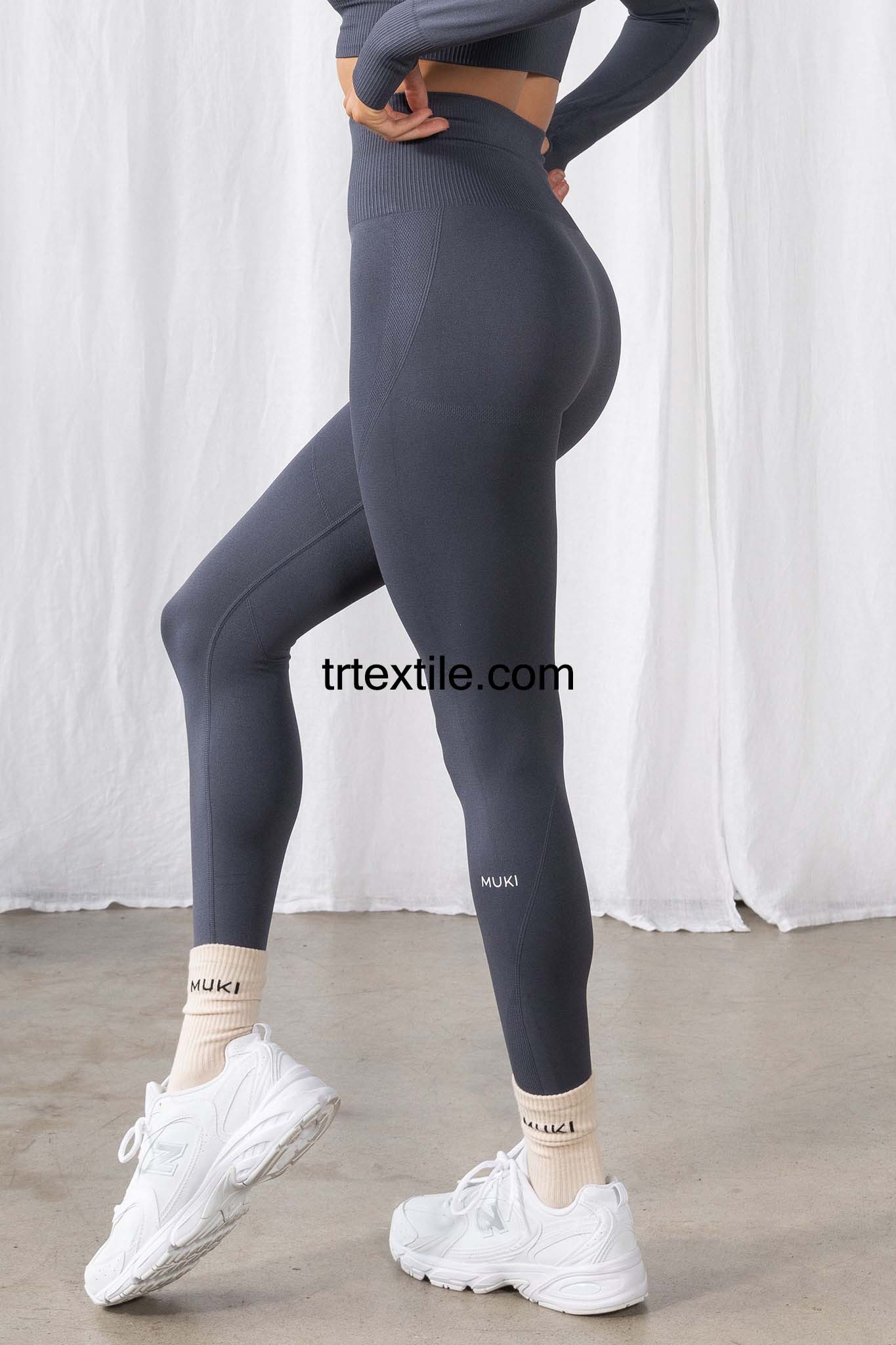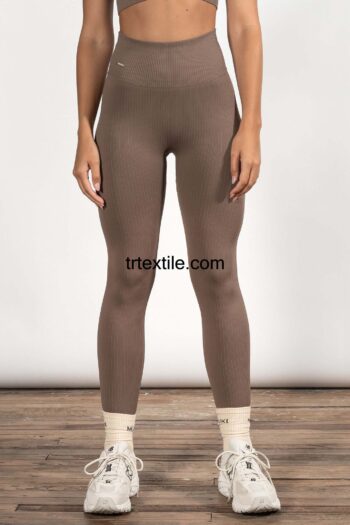Yoga tights have become a staple in the workout wardrobe of many fitness enthusiasts. These form-fitting, stretchy pants provide comfort and flexibility during yoga practice, as well as other physical activities. With the rising popularity of yoga and other forms of exercise, the demand for high-quality yoga tights has increased significantly.
The production model for yoga tights involves several key steps, from design to distribution. Here, we will explore the various stages of the production process and the factors that contribute to the success of yoga tights in the market.
Design and Development: The first step in the production model for yoga tights is the design and development phase. This involves creating sketches and prototypes of the tights, as well as selecting the materials and colors to be used. Designers may also consider factors such as fit, comfort, and performance when creating the initial designs.
Fabric Sourcing: Once the design is finalized, the next step is to source the fabric for the yoga tights. High-quality, moisture-wicking materials are typically used to ensure comfort and performance during workouts. The fabric may also be treated with special finishes to enhance its durability and stretch.
Cutting and Sewing: After the fabric is sourced, it is cut into individual pieces according to the pattern of the tights. These pieces are then sewn together to create the final product. Skilled seamstresses and sewing machines are used in this process to ensure precision and quality in the construction of the yoga tights.
Quality Control: Quality control is an essential step in the production model for yoga tights. Each pair of tights is inspected for defects and inconsistencies to ensure that they meet the standards set by the manufacturer. This may involve checking the stitching, fit, and overall appearance of the tights before they are packaged for distribution.
Packaging and Distribution: Once the yoga tights have passed quality control, they are packaged and prepared for distribution. This may involve labeling, tagging, and packaging the tights in individual bags or boxes for retail sale. The tights are then shipped to retailers or directly to customers through online sales channels.
Marketing and Promotion: Marketing and promotion play a crucial role in the success of yoga tights in the market. Manufacturers may use a variety of strategies to promote their products, including social media campaigns, influencer partnerships, and advertising. These efforts help to raise awareness of the brand and drive sales of the yoga tights.
Customer Feedback and Improvement: Finally, customer feedback is essential in the production model for yoga tights. Manufacturers may use feedback from customers to make improvements to their products, such as adjusting the fit or adding new features. This continuous cycle of feedback and improvement helps to ensure that the yoga tights meet the needs and preferences of customers.
In conclusion, the production model for yoga tights involves several key steps, from design to distribution. By focusing on quality, comfort, and performance, manufacturers can create high-quality yoga tights that meet the demands of fitness enthusiasts. Through effective marketing and customer feedback, manufacturers can continue to improve their products and meet the evolving needs of the market.




